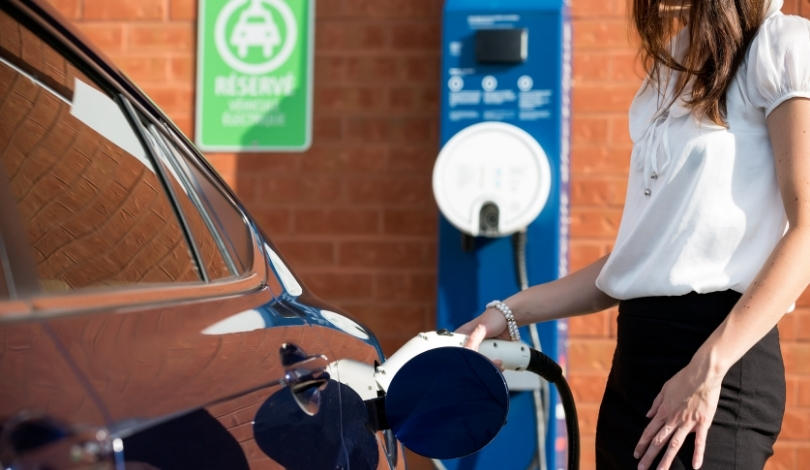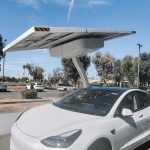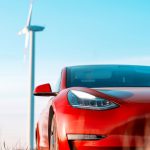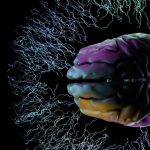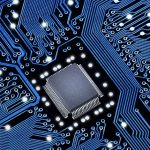Long-standing controversies in autonomous vehicle technology are being reignited after recent remarks by Tesla CEO Elon Musk. The debate over the optimal sensor suite for self-driving cars has drawn pronounced opinions from industry leaders, as questions arise about whether vision-only systems or a mix including lidar and radar can deliver safer outcomes. Public safety, regulatory acceptance, and commercial deployment timelines may all be affected by the trajectory this debate takes in the near future.
Earlier discussions about sensor strategies for autonomous vehicles often focused on the technical limitations and costs of lidar and radar. Major players such as Waymo and Cruise championed multi-modal approaches combining cameras, lidar and radar, citing their benefits under adverse weather conditions and complex environments. Conversely, Tesla maintained its commitment to pure vision approaches, despite skepticism from some in the industry over whether such systems could reliably handle all real-world scenarios. These differences in philosophy reflect diverging priorities over system redundancy, cost efficiency, and ease of integration with existing vehicle architectures.
Why Are Industry Leaders Divided on Lidar and Radar?
Industry figures like Uber CEO Dara Khosrowshahi remain unconvinced that vision alone is adequate for full autonomy. Highlighting Waymo’s reliance on a hybrid sensor suite, Khosrowshahi stated that combining vision, lidar, and radar is preferred to achieve “superhuman” levels of safety.
“Solid state LiDAR is $500. Why not include lidar as well in order to achieve super human safety. All of our partners are using a combination of camera, radar and LiDAR, and I personally think that’s the right solution, but I could be proven wrong,”
he noted, suggesting redundancy aids reliability during challenging driving conditions.
What Is Tesla’s Argument Against Multiple Sensors?
Tesla counters that introducing additional sensors can lead to conflicting data and sensor ambiguity. According to Elon Musk, sensor contention between lidar, radar, and cameras potentially increases risk, undermining overall safety.
“Lidar and radar reduce safety due to sensor contention. If lidars/radars disagree with cameras, which one wins? This sensor ambiguity causes increased, not decreased, risk. That’s why Waymos can’t drive on highways. We turned off the radars in Teslas to increase safety. Cameras ftw,”
Musk stated, indicating that removing radars from Tesla vehicles has led to fewer incidents and greater consistency within their vision-centric system.
Does Real-World Performance Support Vision-Only Systems?
Tesla’s deployment of robotaxi pilots in Austin and the Bay Area utilizing Full Self-Driving (FSD) under a vision-only paradigm is cited by the company as evidence of progress. Tesla claims these systems have shown improvements in safety and reliability, moving toward driving performance that rivals or surpasses humans, though independent validation and regulatory scrutiny continue in parallel.
The growing divide between single-sensor and multi-sensor approaches reveals strategic differences among major industry players. For those following developments in autonomous vehicle technology, understanding these technical and safety debates is crucial. While vision-only systems offer advantages in cost and integration, redundancy from lidar and radar could prove vital in specific environments or edge cases where cameras may fall short. Testing under diverse conditions and open data sharing will be essential in clarifying which approach ultimately delivers the most consistent and safe results for public roadways, and regulatory bodies may play a key role in shaping adoption standards over time. Careful analysis of operational data, transparent incident reporting, and collaboration between manufacturers will aid consumers and policy-makers in making informed choices as autonomy becomes increasingly widespread.
- Elon Musk asserts lidar and radar add risk in autonomous vehicles.
- Uber’s CEO stands by multi-sensor setups for greater driving safety.
- Vision-only and combined sensor strategies remain subjects of intense debate.

